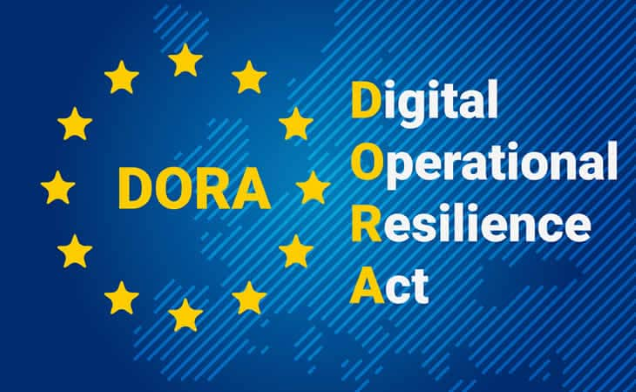

You Might Also Like
Telecom Capex – Past, Present And The Future
Together with the team from Strand Consult, I have written the report The Nature of Telecom Capex until the End...
Asia’s Economies Can Embrace Services To Boost Growth And Productivity
The Asia-Pacific region prospered by becoming the source of more than half of global factory output, but another transformation to higher-productivity services has the potential to further support growth, write CHIKAKO BABA and KRISHNA SRINIVASAN. Employment and production typically move from agriculture to manufacturing to services, as part of natural progression that comes with rising income. Today, many Asian countries—including China, Indonesia, Korea, and Thailand—are highly industrialized. If history is a guide, industry’s share of production will shrink as more activity passes to services. Indeed, the growth of services has...
A New Way To Estimate The Size Of the Digital Economy
The argument that there is no universally accepted methodology to calculate the size of the digital economy goes on. And...
Building Resilience From The Bottom Up: Networks, Infrastructure & The Four Zeros
The impact of digital service outages is greater than ever. In China’s case in particular, cash now comes second to...


